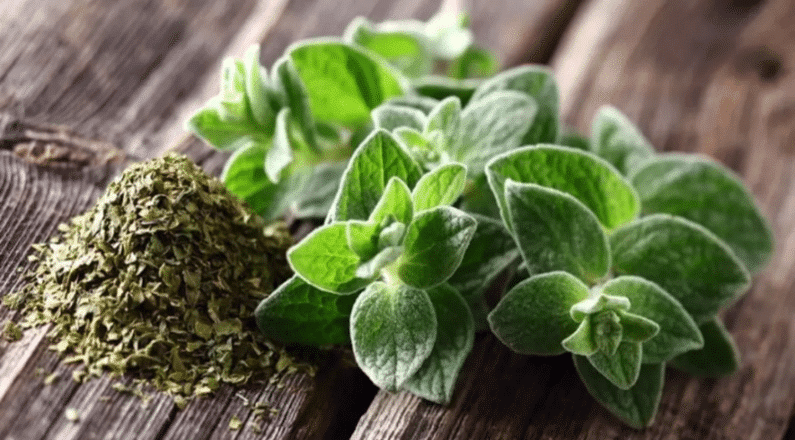Rosmarinus officinalis, of Labiatae Family
Morphology: It is an evergreen, usually erect shrub 0.5 – 1.2 m tall. It has lignified shoots with densely arranged opposite leaves. The leaves are leathery and linear (stemless), with folding margins. The flowers are pale cyan violet (in some varieties white with a slight cyan tinge).
Flowering: The main flowering of the plant takes place in early spring (April-May), with a second, smaller flowering in autumn (October-November). There are several varieties and chemotypes.
Habitat and distribution: It is self-native in rocky areas with low vegetation (toadflax and maquis) and spreads in the Mediterranean basin countries and the Cyrenaica. In general, it is difficult to distinguish between cultivated and native populations. In Greece, it is native to Kythera and the Ritsona-Chalkida area.
Harvesting – Drying: Harvesting can be carried out from the 2nd year of establishment. The best time for harvesting is when the plants are at the beginning of flowering because the essential oil content of the leaves is higher. In Greek conditions, two to three harvests per year can be expected, depending on whether irrigation is provided: the first is carried out around May, the second at the end of July and the third at the beginning of October.
Essential oils – Biological properties: The flowers of rosemary attract bees and are thus a source for honey production. The leaves of the plant contain essential oil with the main constituents being gonerol, cineole, borneyl acetate, camphene, etc. It also contains phenolic compounds, the main representatives being flavonoids and phenolic acids, mainly rosmarinic acid, and tricyclic diterpenes, mainly carnosol and carnosic acid.
It is used as a flavoring in cooking. It is an alternative to synthetic antioxidants and its essential oil and extracts are used as a ‘preservative’ in food and beverages.
Rosemary leaves are a traditional medicinal product of plant origin for the symptomatic relief of indigestion and mild gastrointestinal disorders. It is used as a cholagogue, diaphoretic, diuretic, emmenagogue, laxative and tonic. It is also used to treat headache, menstrual disorders, memory problems, sprains, and bruises.



















